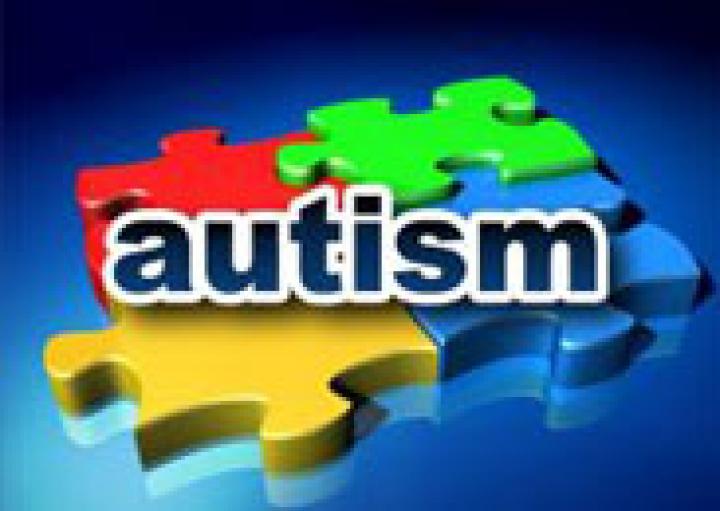Share
Dr. Eric Courchesne's research from the University of California, San Diego, presents interesting and significant findings that can potentially be a stepping stone for scientists and researchers to determine what the next steps are in brain imaging research in autism.

We have known for a while that the structures of the brain for children with autism are vastly different from the brains of neurotypical children. However, this recent finding of excess nerve cells in the prefrontal cortex of the brains of children with autism provides interesting insight as to what is going on in the brain of a child with autism.
As we know, a child with autism has deficits in social interactions and challenges relating to the social world around them. It would be obvious that this would infer that since there is a deficit in these skills, there would be a "deficit" in parts of the brain that control these interactions. However, paradoxically, Dr. Courchesne's research is suggesting the opposite, that there is an excess of nerve cells in this particular part of the brain. As a professional in the field of autism, this finding is particularly interesting and can present new directions for research, early identification, diagnosis and treatment.
